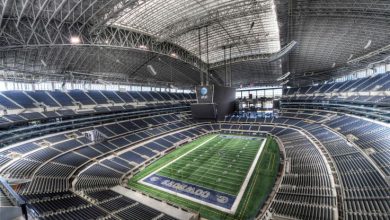
Set the right expectations
If there are health, fitness, or other requirements needed to safely enjoy the experience, outline this in your experience’s description. This includes providing details about the length of time, exertion and fitness required, and skill levels needed.
Here’s a guide from the ATTA to help you communicate to guests what skill level is needed for your canoeing experience:
Touring:
Beginner: Canoeing on flat-water, with easy access to shore or a support craft. No skill required, intro to canoeing.
Intermediate: Could be a day-trip or multi-day outing. Guests should expect benign conditions with potential for more open bodies of water and the increased exposure of wind and waves that comes with that. It will require a base level of stroke skills and maneuvers on a bit of wind and waves – all of these can be acquired at experience.
Advanced: Paddling on large open bodies of water, so expect winds and waves; possibly some currents if the river is part of the route. Possible to paddle or line boats in slight currents. Portage may be necessary, depending on the route. Some canoeing skills are required to control, paddle and maneuver the canoes in wind, waves and currents.
Extreme: Long canoe expeditions. Paddling may occur on most any type of water, including currents. May need to line boats or portage areas where paddling is not practical or reasonable. Additional canoeing skills are required to control, paddle and maneuver the canoes.
Possibly portaging and lining, depending on the experience.
River canoeing:
Beginner: Meandering rivers with brief and low-risk rapids. Moving water, up to class I – this is more of a float than a paddle. No or very basic skill, can be an intro to river canoeing.
Intermediate: Moving water and noticeable rapids (up to class II – III rapids). Route through the rapid is self-evident and the risk to swimmers is slight. Guests should have some ability to maneuver and balance the canoes. Capsizing is likely (unless a guest is skilled) and rescues are seldom a problem. Skills required: Propulsion, direction and stability strokes; maneuvers on class II: peel outs, ferries, eddy turns
Advanced: Rapids with moderate, irregular waves which may be difficult to avoid (class III-IV rapids). Complex maneuvers in fast current requiring good boat control are often needed. Rapids may require “must make” moves above hazards. Guests should be familiar and comfortable in class III.
Give a pre-experience briefing
Before you set out on your experience, make sure guests are clear on what you’ll be doing. Now is the time to check that your guests have all the food, water, and gear that they’ll need during the experience.
Since some guests may be out of their comfort zone, they may need more of certain items than a local would, so if you can anticipate these needs, you can make the experience even better.
Provide the right gear
If you’re providing gear for your guests, it should be in good condition, clean and dry, and fit each guest properly. You’ll need a canoe suited to the rugged environment that can effectively carry the number of people on your trip. If guests bring their own gear (i.e. personal floatation device), make sure it is suitable for this experience, it fits properly, and is in good shape.





